October 13, 2025 /SemiMedia/ — Global memory prices have rebounded sharply this year, and Samsung Electronics is emerging as one of the key beneficiaries. Analysts now expect the company’s third-quarter operating profit to reach its highest level since 2022, supported by stronger chip demand and customer restocking.
According to analysts, Samsung’s operating profit for July–September is forecast at about 10.1 trillion won (roughly USD 7.11 billion), reflecting a year-on-year gain of around 10%.
The recovery is largely attributed to strong pricing in conventional memory segments (DRAM and DDR), which analysts say offsets weaker high-bandwidth memory (HBM) sales linked to delayed HBM3E deliveries to Nvidia. Data from TrendForce shows that in Q3, prices for certain DRAM chips broadly used in servers, smartphones, and PCs jumped 171.8% year-over-year.
While Samsung’s legacy memory business is performing strongly, constraints in high-end AI memory remain a drag. The delay in shipping its 12-layer HBM3E units to Nvidia has been cited as a factor weighing on profits. Additionally, U.S. export controls on advanced chip sales to China are limiting Samsung’s access to that critical market.
Still, demand from hyperscale data centers and AI workloads is fueling pressure on server memory inventories, bolstering pricing dynamics in the broader memory sector.
Market watchers believe that as Samsung finalizes supply agreements with major AI players such as OpenAI and Tesla, investor sentiment toward its full chip business (memory and foundry) may improve. Since announcing its July chip supply deal with Tesla, Samsung’s share price has rallied over 43%.
All told, despite the headwinds posed by HBM delays and geopolitical uncertainty, the ongoing strength in memory pricing and AI-led demand present a strategic opportunity for Samsung in this earnings cycle.

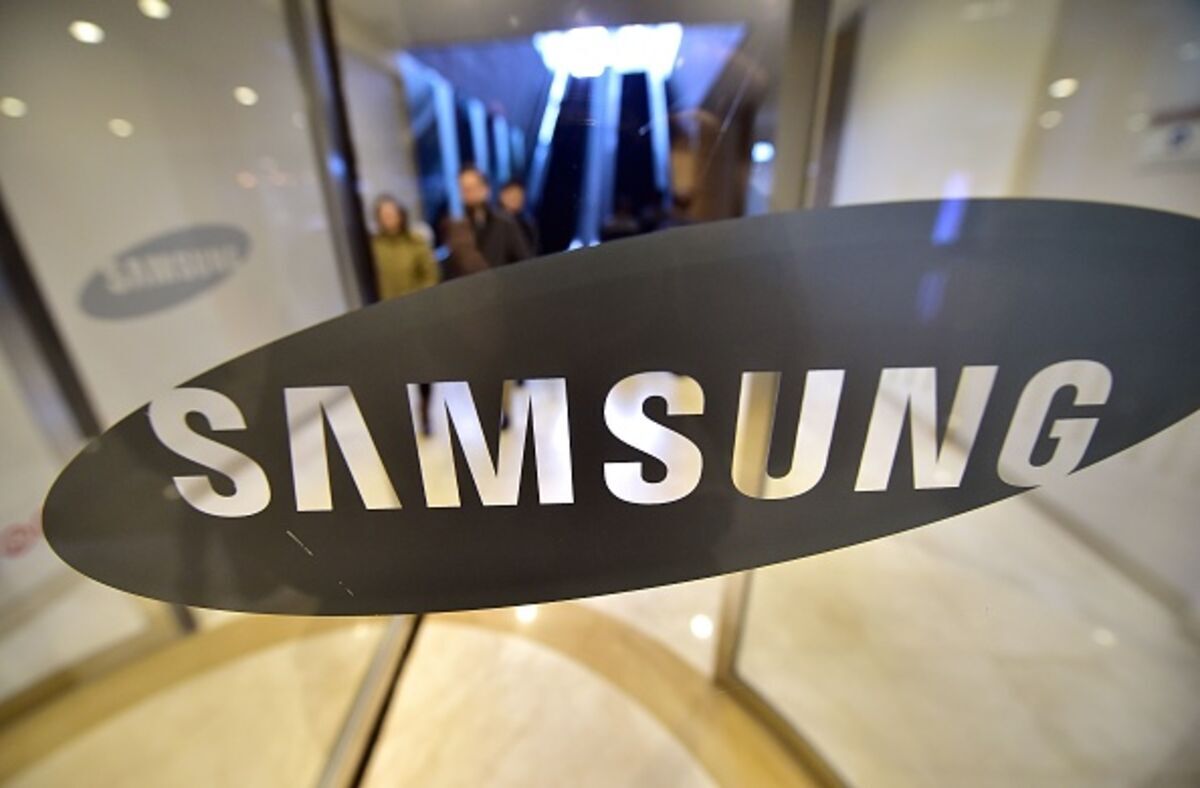

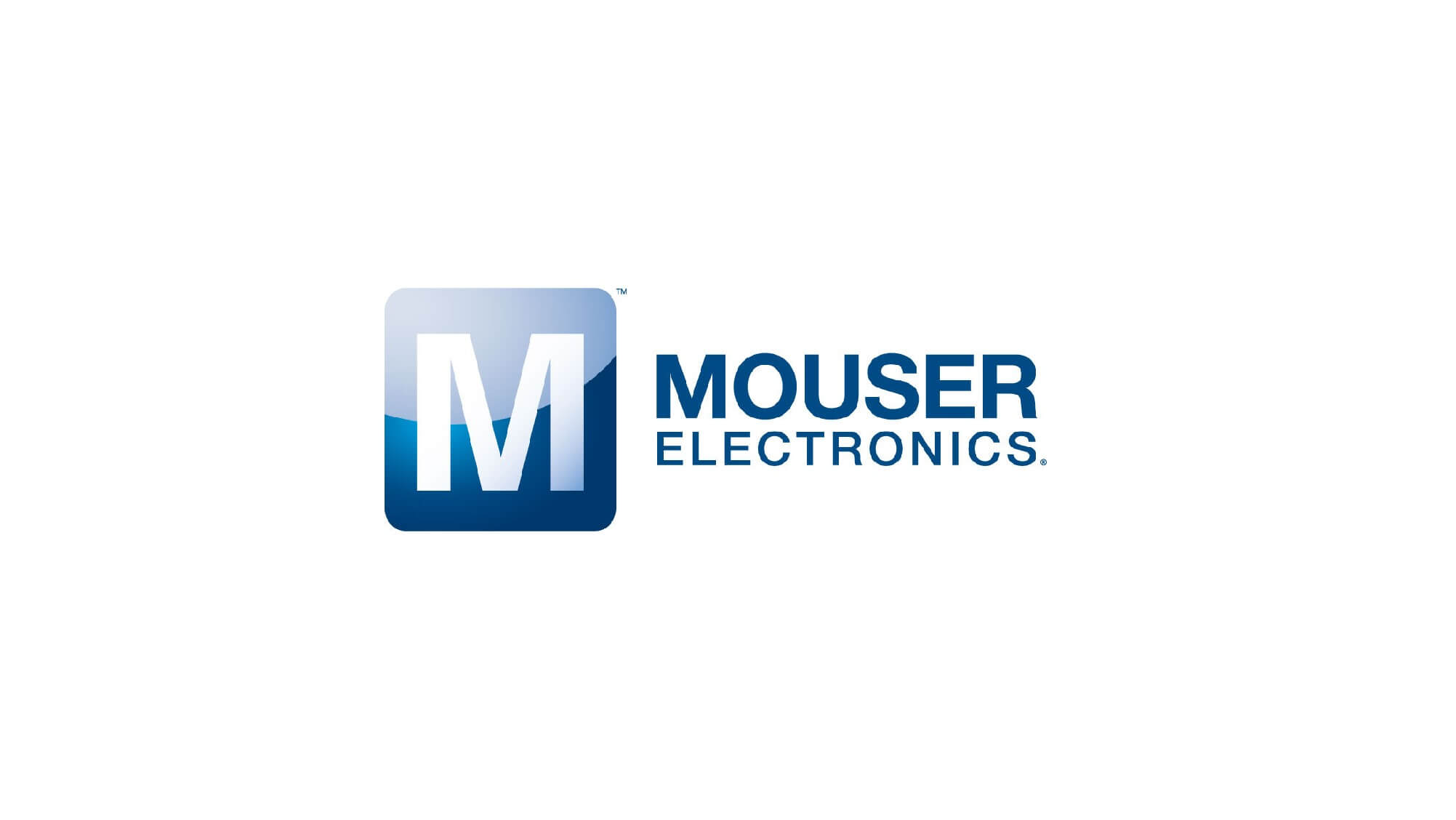

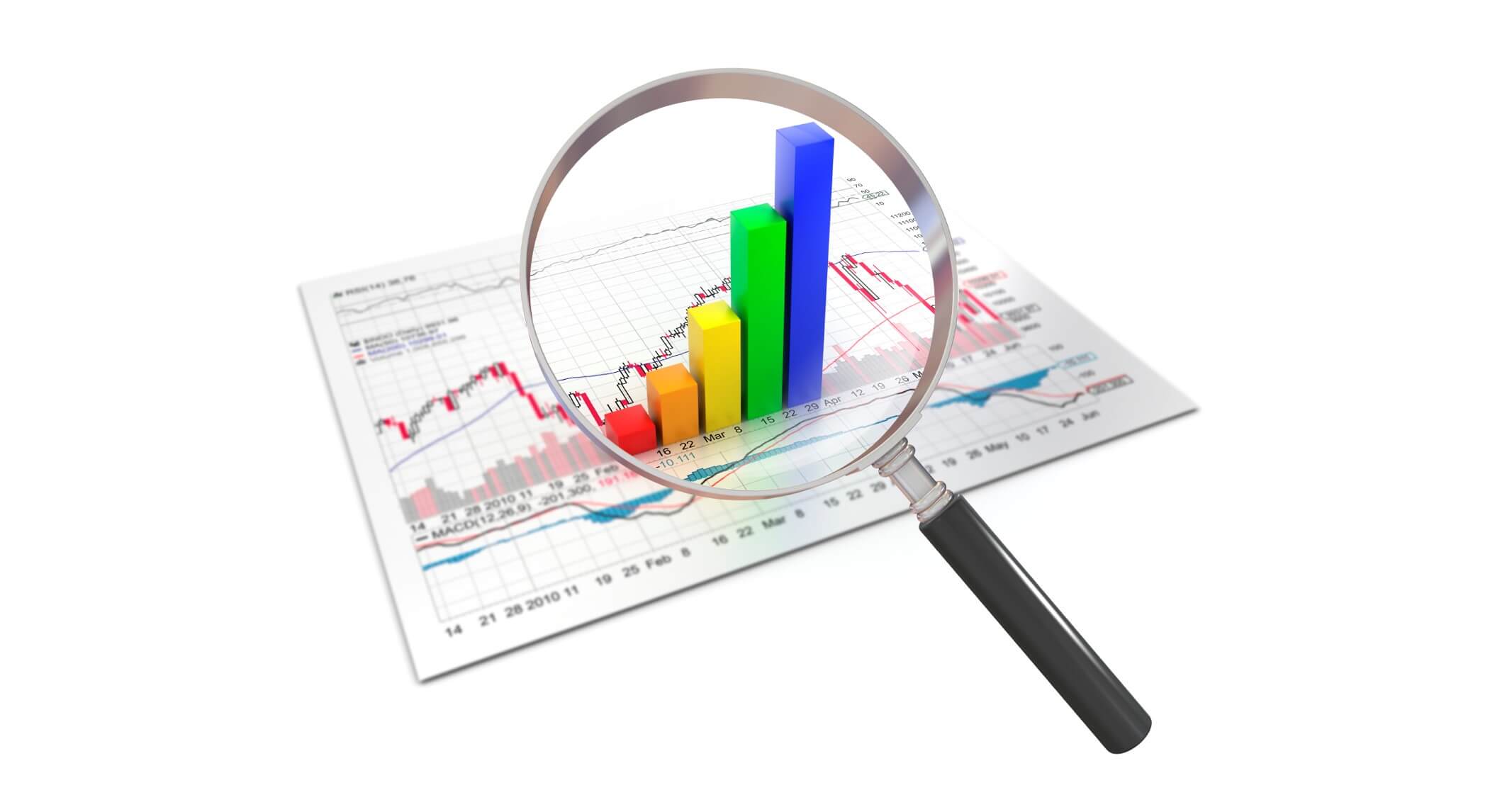
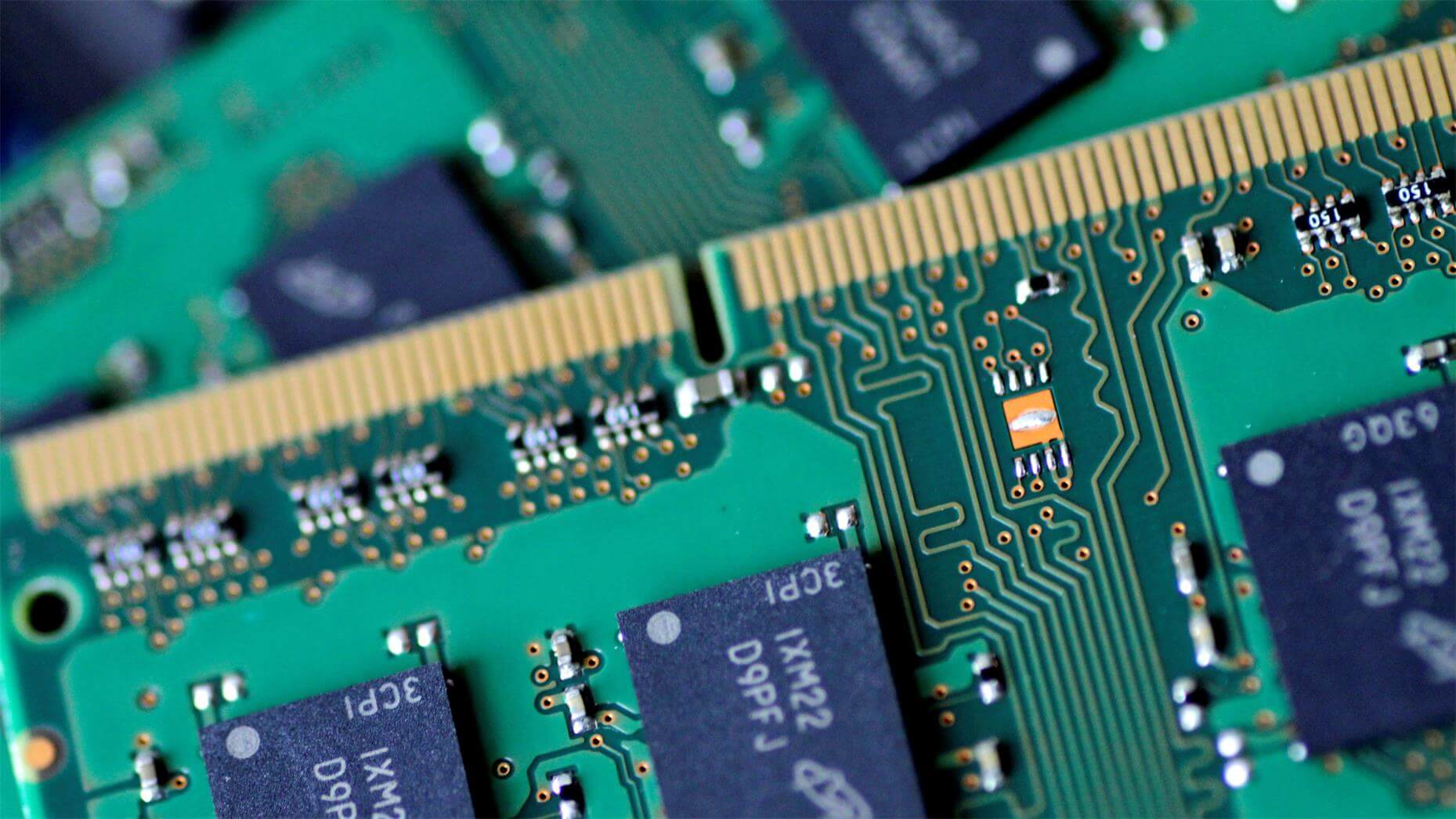

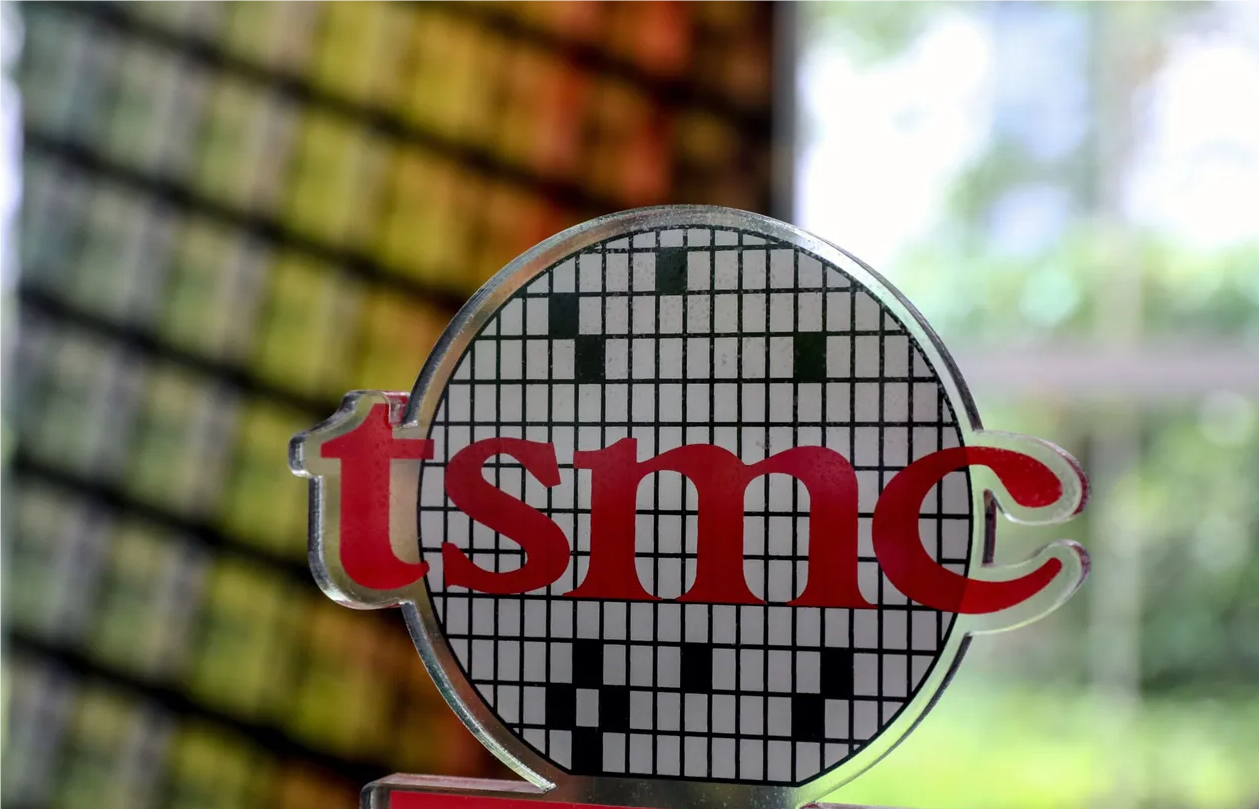
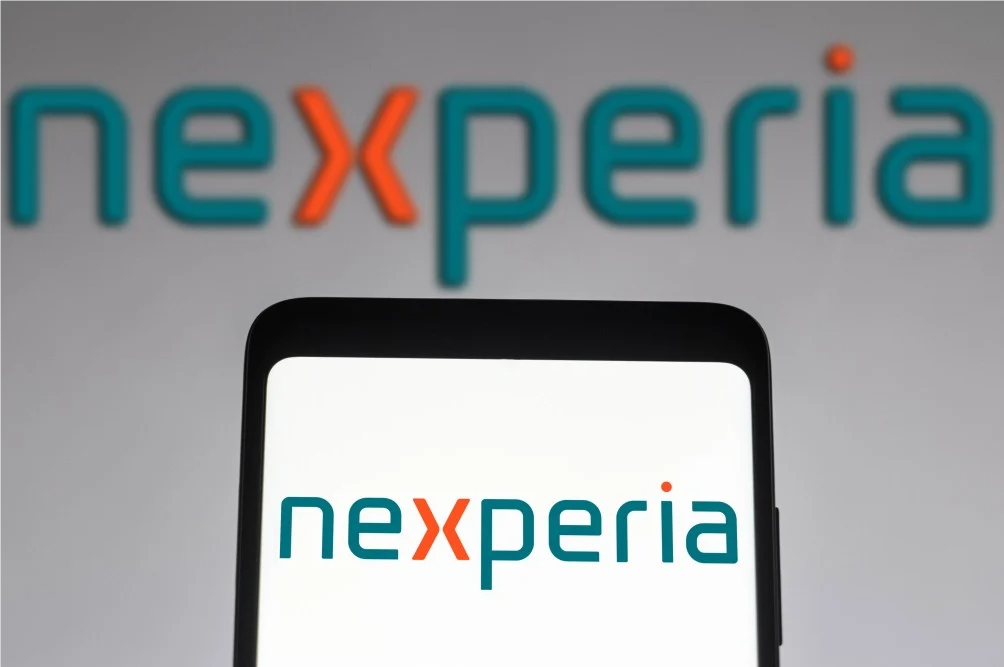
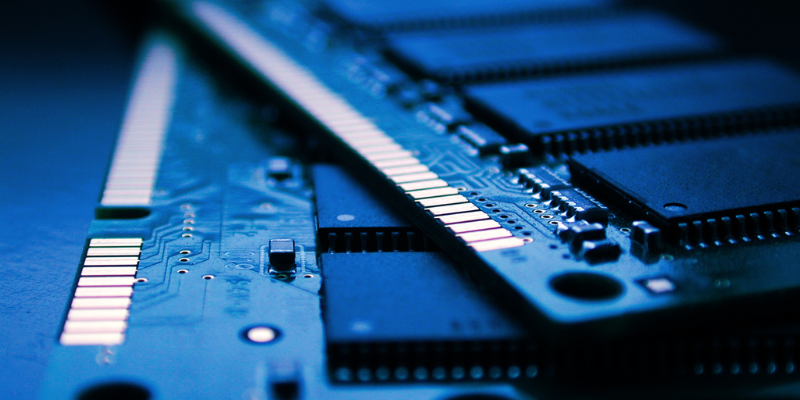
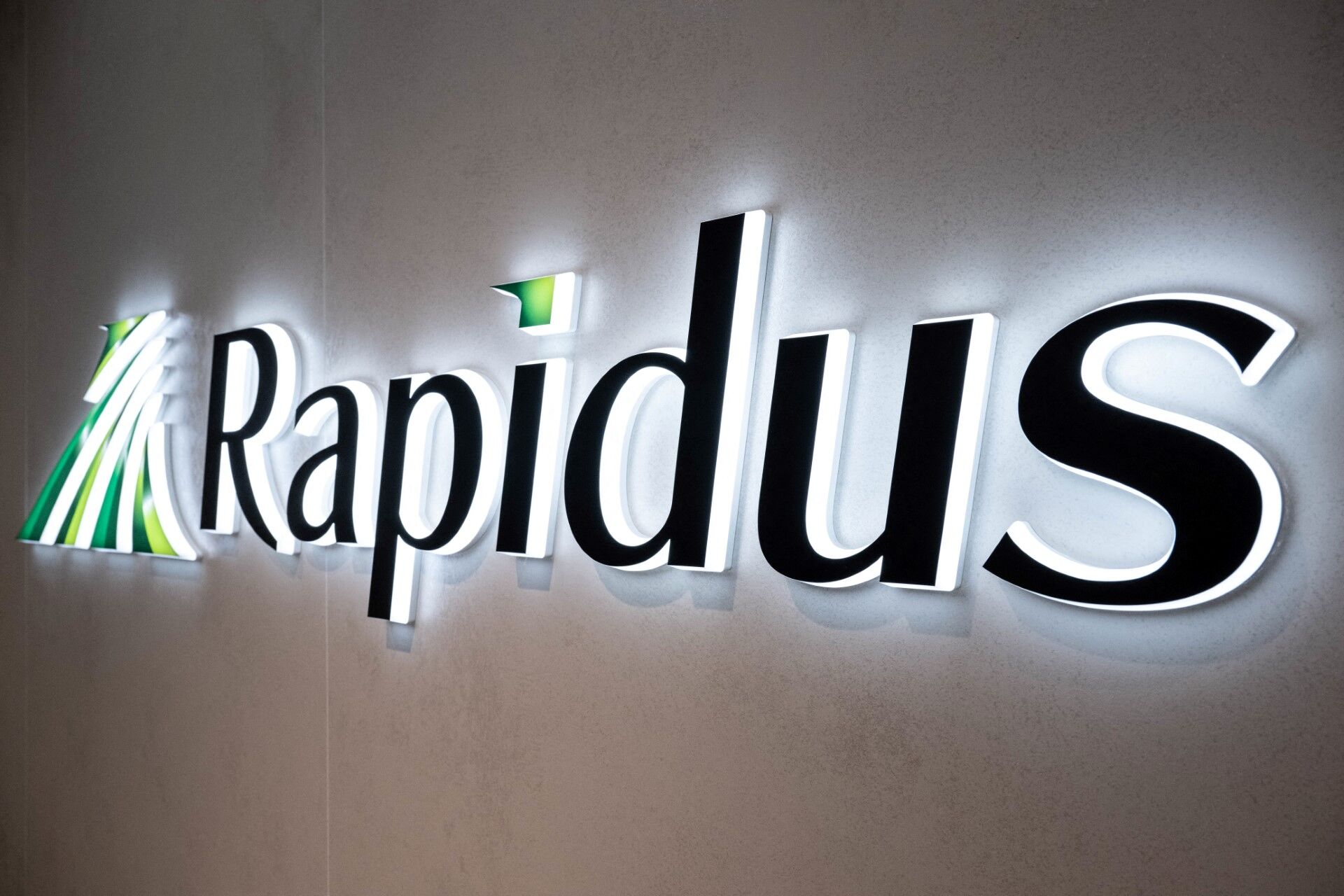
All Comments (0)